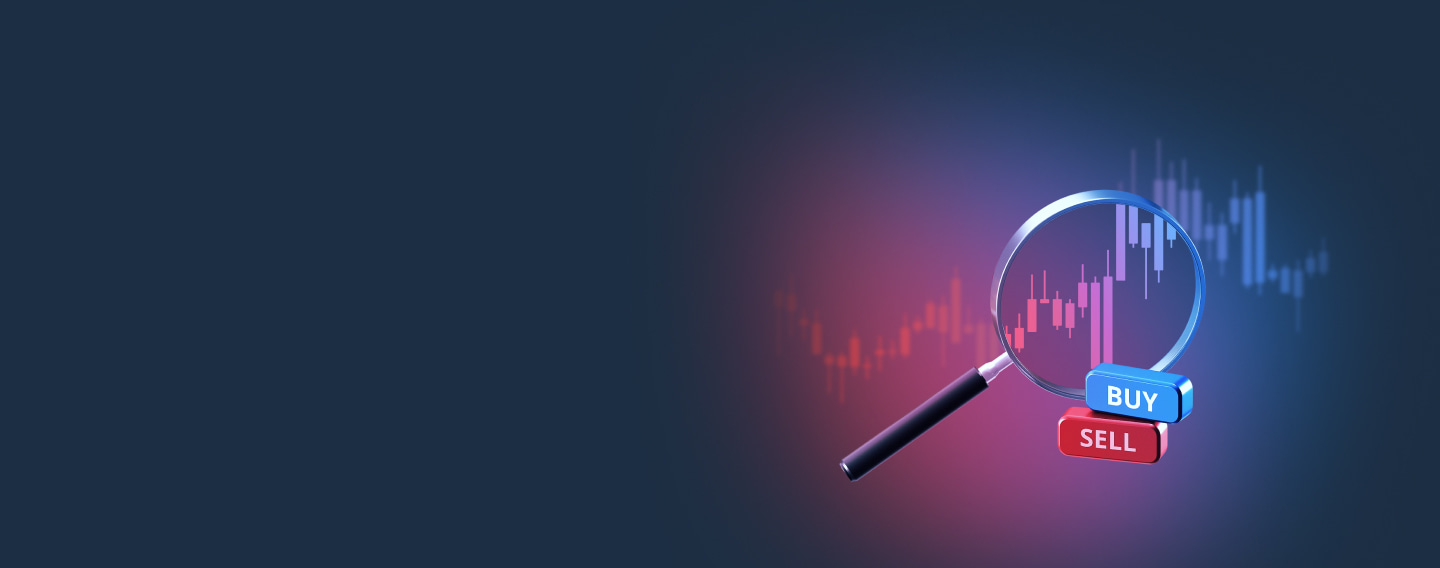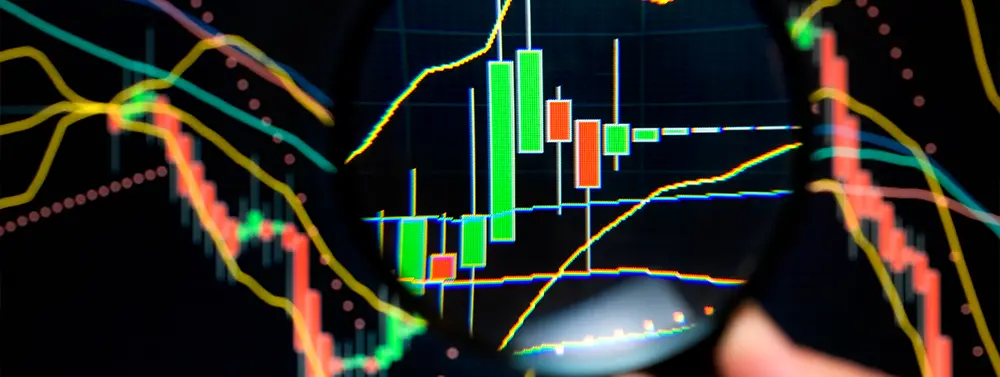


Introduction to Forex Trading: Understanding the Basics
Forex Fundamentals
What is Forex Trading?
Forex trading—short for “foreign exchange trading”—refers to the process of buying and selling currencies on a global marketplace. It’s the largest and most liquid financial market in the world, with daily trading volume exceeding $6 trillion. Traders speculate on the value of one currency relative to another, aiming to profit from fluctuations in exchange rates.
Unlike stocks or commodities, forex trading always involves a currency pair. You’re simultaneously buying one currency and selling another. For example, when trading EUR/USD, you’re buying the euro and selling the U.S. dollar—or vice versa. Prices in the forex market reflect how much of the quote currency is needed to purchase one unit of the base currency.
What makes forex unique is its 24-hour accessibility, operating five days a week across global time zones. It’s also decentralized, meaning there’s no central exchange. Trades are executed through a network of banks, brokers, and financial institutions. This gives retail traders access to a highly dynamic environment—one where opportunities exist day and night.
Whether you're a beginner curious about trading or someone seeking diversification, forex offers an entry point into the fast-paced world of global finance. But before diving in, it's essential to understand how the market functions, which we’ll explore in the next section.
How the Forex Market Works?
At its core, the forex market operates through the exchange of currency pairs. Each pair consists of a base currency (the first in the pair) and a quote currency (the second). The quoted price tells you how much of the quote currency you need to buy one unit of the base currency. For example, if GBP/USD = 1.2500, it means 1 British pound equals 1.25 U.S. dollars.
Traders speculate on whether the base currency will strengthen or weaken against the quote currency. If they believe it will strengthen, they buy the pair. If they expect it to weaken, they sell. Profits and losses are realized based on the size of the move and the position taken.
The market operates across global time zones, with key trading hubs in London, New York, and Tokyo. This allows for near-continuous movement in prices, creating numerous opportunities for traders using various strategies—from scalping to swing trading.
Importantly, the forex market attracts a diverse range of participants: central banks, financial institutions, hedge funds, corporations, and retail traders. Each plays a role in the flow of capital and the supply-demand dynamics that move prices.
And because forex trading is global, it must also accommodate cultural and ethical variations. For instance, traders who follow Islamic finance principles can open Islamic forex accounts, also known as swap-free accounts. These are tailored to comply with Sharia law, which prohibits interest (riba). Instead of paying or earning overnight swap fees, these accounts use alternative fee models to enable trading without violating religious beliefs. This makes the forex market accessible and inclusive for Muslim traders seeking ethical participation.
Major Currency Pairs and Market Sessions
In forex trading, not all currency pairs are created equal. Pairs are generally classified into three main types: major pairs, minor pairs, and exotic pairs.
Major pairs are the most traded and always include the U.S. dollar (USD) on one side. These pairs are known for their high liquidity, tighter spreads, and frequent price movements. Examples include:
EUR/USD (Euro / U.S. Dollar)
USD/JPY (U.S. Dollar / Japanese Yen)
GBP/USD (British Pound / U.S. Dollar)
Minor pairs, or cross-currency pairs, exclude the U.S. dollar but include other major global currencies like the euro, yen, or pound. For example:
EUR/GBP
AUD/JPY
Exotic pairs feature one major currency and one from a developing or smaller economy—such as USD/TRY (U.S. Dollar / Turkish Lira) or EUR/ZAR (Euro / South African Rand). These tend to be less liquid and more volatile, often with wider spreads.
Alongside currency types, it’s crucial to understand forex trading sessions, which reflect the geographic flow of market activity:
Asian Session: Starts with Tokyo and includes Sydney. Often lower volatility.
London Session: The most active, highly liquid, especially during overlap with New York.
New York Session: Second most active, driven by U.S. economic news.
Knowing which pairs are most active during each session helps traders align their strategies with optimal trading times, manage risk better, and take advantage of peak liquidity.
The Role of Leverage and Margin
One of the most attractive features of forex trading—especially for retail traders—is the availability of leverage. Leverage allows traders to control large positions with a relatively small amount of capital. It magnifies both potential profits and potential losses, which makes it a double-edged sword.
For example, a leverage ratio of 1:100 means that for every $1 of your own money, you can control $100 in the market. With just $1,000, you could trade a position worth $100,000. This high leverage can lead to significant returns on small movements—but also steep losses if the market moves against you.
To use leverage, traders must maintain a margin, which is a portion of their account balance set aside by the broker as collateral. The required margin depends on the leverage used and the size of the trade. If your losses reduce your available margin too far, your broker may initiate a margin call, closing your trades automatically to prevent your account from going negative.
While leverage increases flexibility, it also increases risk exposure. That’s why responsible traders always combine leverage with strict risk management, such as using stop-loss orders and calculating the exact amount they're willing to risk per trade.
Understanding how leverage and margin work is essential before trading with real money. It allows traders to plan their positions properly, avoid overexposure, and stay in control even in volatile markets.
Risk Management and Strategy Fundamentals
Every successful forex trader has one thing in common: they treat risk management as a core part of their strategy. In a highly volatile and leveraged market like forex, the ability to protect capital is what separates disciplined traders from reckless ones.
Risk management starts with position sizing—calculating how much to trade based on account size and risk tolerance. A common rule is to risk no more than 1–2% of total capital on any single trade. This ensures that even a series of losses won’t wipe out the trading account.
Equally important are stop-loss and take-profit orders. A stop-loss limits the amount you’re willing to lose on a trade, while a take-profit secures gains when a target is hit. These tools take emotion out of the equation and add structure to every position.
In addition to technical risk management, traders need mental discipline. Emotional decisions often lead to overtrading, revenge trading, or ignoring the trading plan—behaviors that erode performance over time.
Forex also accommodates traders with specific ethical or religious considerations. For example, Islamic forex trading accounts are designed for Muslim traders who wish to avoid interest (riba) in accordance with Sharia law. These accounts are swap-free, meaning they do not incur overnight interest fees. Instead, brokers use alternative cost structures that allow traders to hold positions overnight without violating Islamic principles.
Ultimately, a well-structured strategy backed by sound risk management practices is the foundation for sustainable trading. It’s not about chasing every opportunity—it’s about choosing high-quality setups and protecting your account through consistency and control.
Getting Started as a Forex Trader
For those new to forex, the journey begins with education and preparation, not immediate profits. The first step is choosing a reputable forex broker—one that is regulated, transparent, and offers user-friendly platforms. Regulatory oversight ensures the broker adheres to standards that protect your funds and trading experience.
Once registered, beginners should start with a demo account. This risk-free environment allows traders to practice placing trades, testing strategies, and using the trading platform without the pressure of real money. It’s an essential phase for building confidence and mastering the mechanics of the market.
During this phase, it’s wise to develop a basic trading plan. This includes defining your goals, risk tolerance, preferred trading style (such as day trading, swing trading, or long-term investing), and the tools you plan to use—such as technical indicators, news analysis, or economic calendars.
Resources are abundant. Many brokers and trading platforms offer free educational material, including webinars, tutorials, and market commentary. Taking advantage of these tools can help you shorten the learning curve.
Forex trading isn’t about instant results—it’s about building a process that works for you. With time, practice, and the right mindset, anyone can progress from demo trading to confidently executing trades in live markets.
Conclusion: The First Step Toward Trading Forex
Forex trading offers a unique opportunity to participate in the global financial markets, with round-the-clock access, diverse strategies, and a low barrier to entry. However, success in this market doesn’t come from luck—it comes from understanding the fundamentals, practicing consistently, and managing risk with discipline.
From grasping how currency pairs work to knowing how leverage and margin affect your trades, building a solid foundation is essential. By starting with a clear trading plan, using demo accounts, and selecting ethical trading options like Islamic accounts when needed, traders can align their activities with both their financial goals and personal values.
Whether you're seeking to supplement your income or eventually trade full-time, learning the basics of forex is your gateway into one of the world’s most dynamic markets. The path may be challenging, but with preparation and patience, it can be deeply rewarding.
FAQ on Forex Trading and understanding the basics
What is forex trading?
Forex trading involves the exchange of one currency for another with the aim of profiting from price fluctuations in the global currency market.
Can I practice forex trading without risking real money?
Yes, demo accounts allow traders to simulate real trading without financial risk.
How does forex trading compare to stock trading?
Forex is decentralized, open 24 hours, and typically more liquid, while stock trading occurs on centralized exchanges during specific hours.
What is an Islamic forex account?
An Islamic forex account is a swap-free trading account that complies with Islamic finance principles by avoiding interest-based charges.
What is leverage in forex trading?
Leverage allows traders to control larger positions with a smaller amount of capital, amplifying both potential profits and losses.



